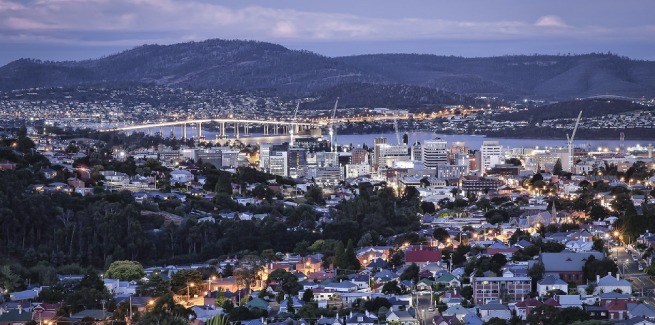The group of 17 representatives from housing, homelessness, property, construction and local government sectors convened with the state’s leadership to tackle any blind spot in the federal government’s plan of action to tackle the ongoing accommodation crisis in the state.
Another main agenda of the meeting was to seek guidance for the government’s longer-term plan of building 10,000 new homes by 2032.
In May, the state’s government confirmed it would be investing $30 million to improve housing supply, as part of its $1.5 billion, 10-year housing package.
Premier Jeremy Rockliff said the meeting was centred on planning for the future.
“We came together united in our desire to support Tasmanians, especially our most vulnerable, to discuss and address what is happening in our community in relation to housing and homelessness, but also in a coordinated effort to plan for the future,” Mr Rockliff said.
The top state official emphasised that housing is “a basic human need and is critical to our community’s health, wellbeing and financial stability”.
“Every Tasmanian deserves a roof over their head, and we are taking action to ensure this occurs,” Mr Rockliff said.
Speaking on what was surmised at the end of the meeting, Mr Rockliff said that the demand for proper accommodation is currently at unprecedented levels.
“Tasmanians who have never previously been at risk of housing stress or homelessness [are] now presenting for help,” he said.
CoreLogic’s latest Quarterly Rental Review underlined the extreme financial pressure Tasmanian renters are under, with rental rates in Hobart jumping almost 9 per cent over the past year and 2.3 per cent in the last quarter alone.
Data also showed that Hobart renters are now paying a median rent of $549 – leaving thousands of people vulnerable to rental stress or even homelessness.
Separate data from CoreLogic also noted that, between March 2020 and June 2022, housing in Hobart had increased by 50.1 per cent to reach $696,000 – the strongest growth of any capital city.
Regional Tasmania reported the highest growth of anywhere in the country in the same report, soaring by 55.1 per cent to $507,000.
Further demonstrating the urgent need for housing supply, there have been confirmed reports of Tasmanian families forced to live in caravans and tents because they can’t find a suitable rental property in the state.
Housing Minister Guy Barnett said the first meeting was “very productive” and unveiled that a new, 20-year housing strategy would be in place by next year to address the state’s persisting housing crisis.
“[I] sought advice and feedback from members on developing our new comprehensive Tasmanian Housing Strategy, which will create a 20-year vision to guide the direction of our housing and homelessness services into the future,” he stated.
“We want to make sure we have a strong plan to guide our new Housing Authority and the types of services we provide, in order to supply homes for Tasmanians now and into the future.”
Parliamentary secretary to the minister for state development, construction and housing, Lara Alexander, concurred with the other officials’ statements.
She lauded the convention among stakeholders as a “very positive discussion” that will help the state government with its measures to provide assistance to those who are in dire need of housing.
“We know that housing is an issue for many Tasmanians and we look forward to further discussions in coming months with the sector as we continue to address these challenges,” she stated.
[Related: Tasmanian budget reveals greater investment to FHB, supply schemes]
 ;
;